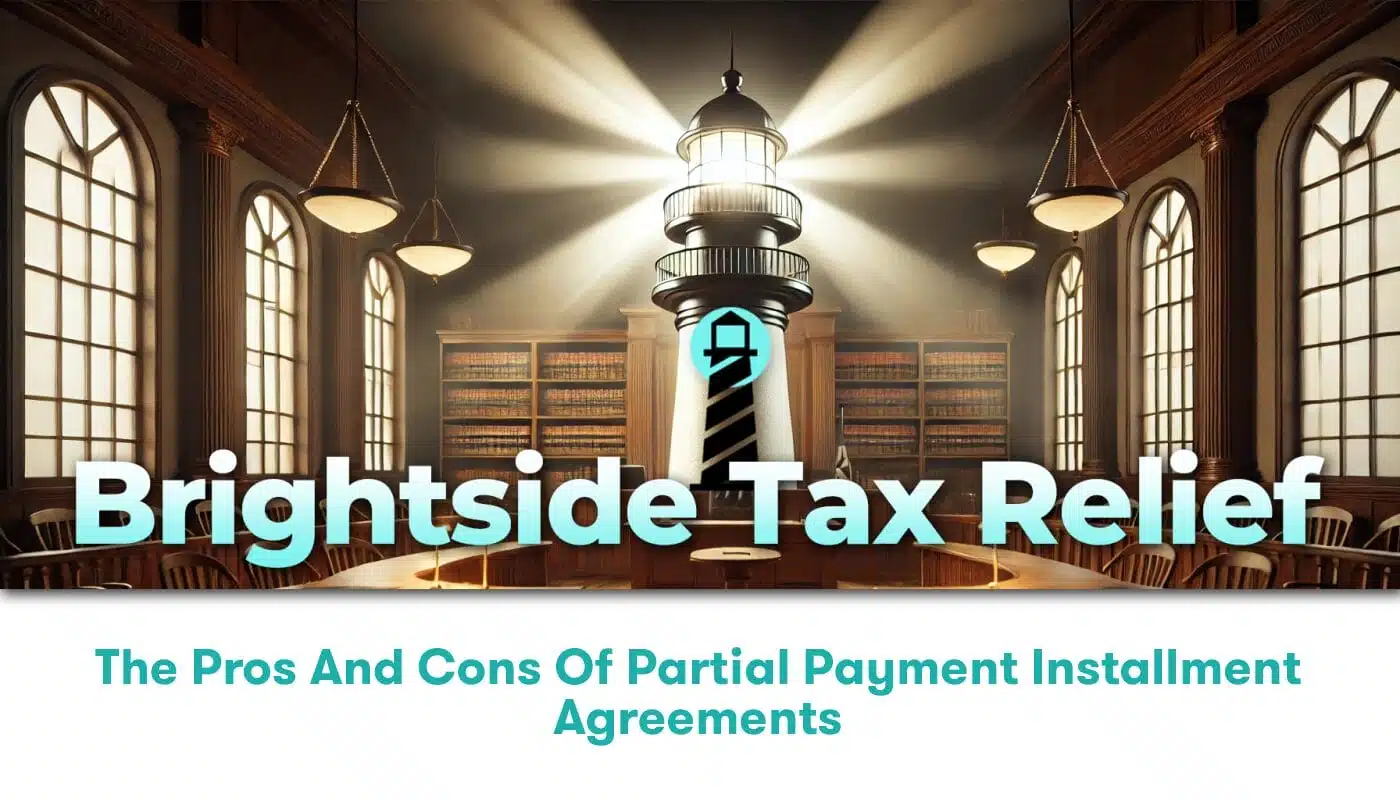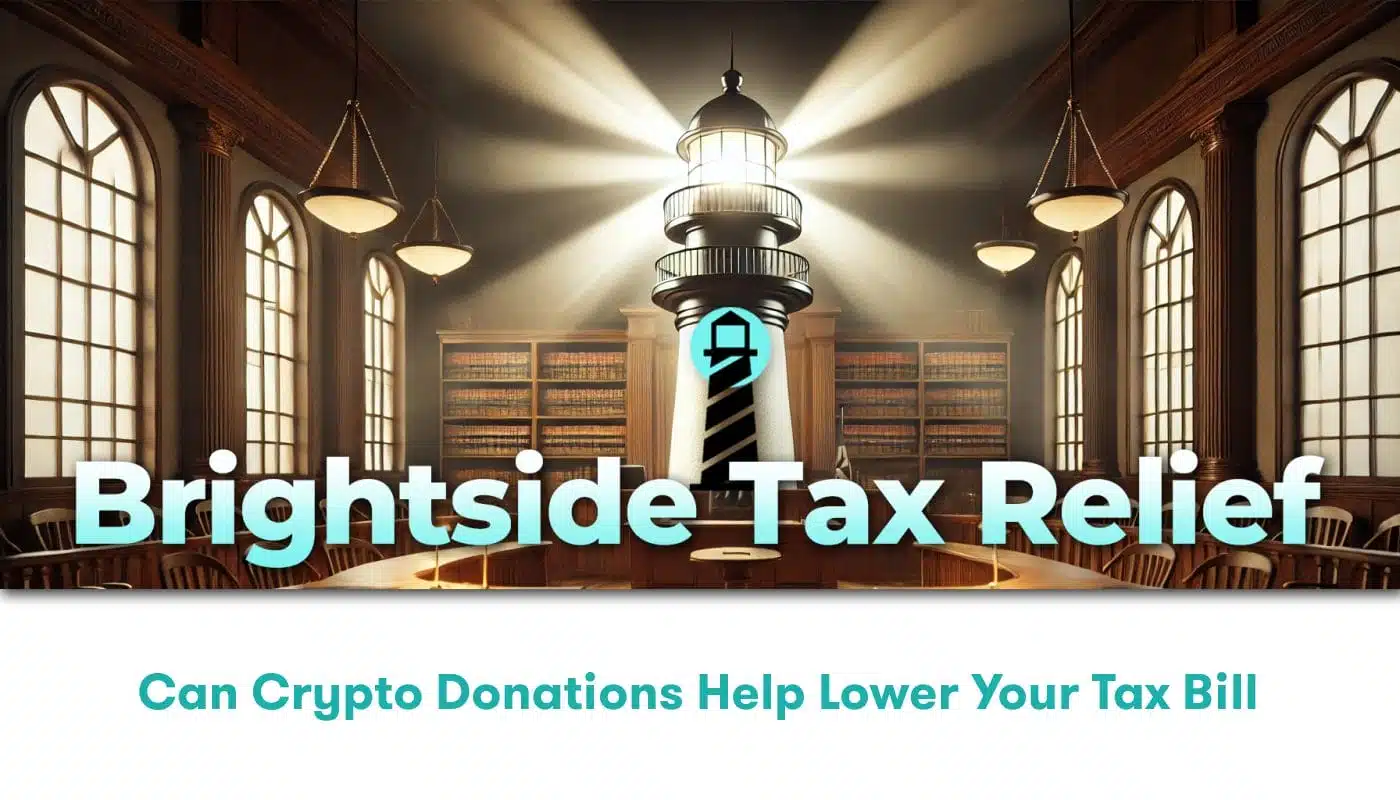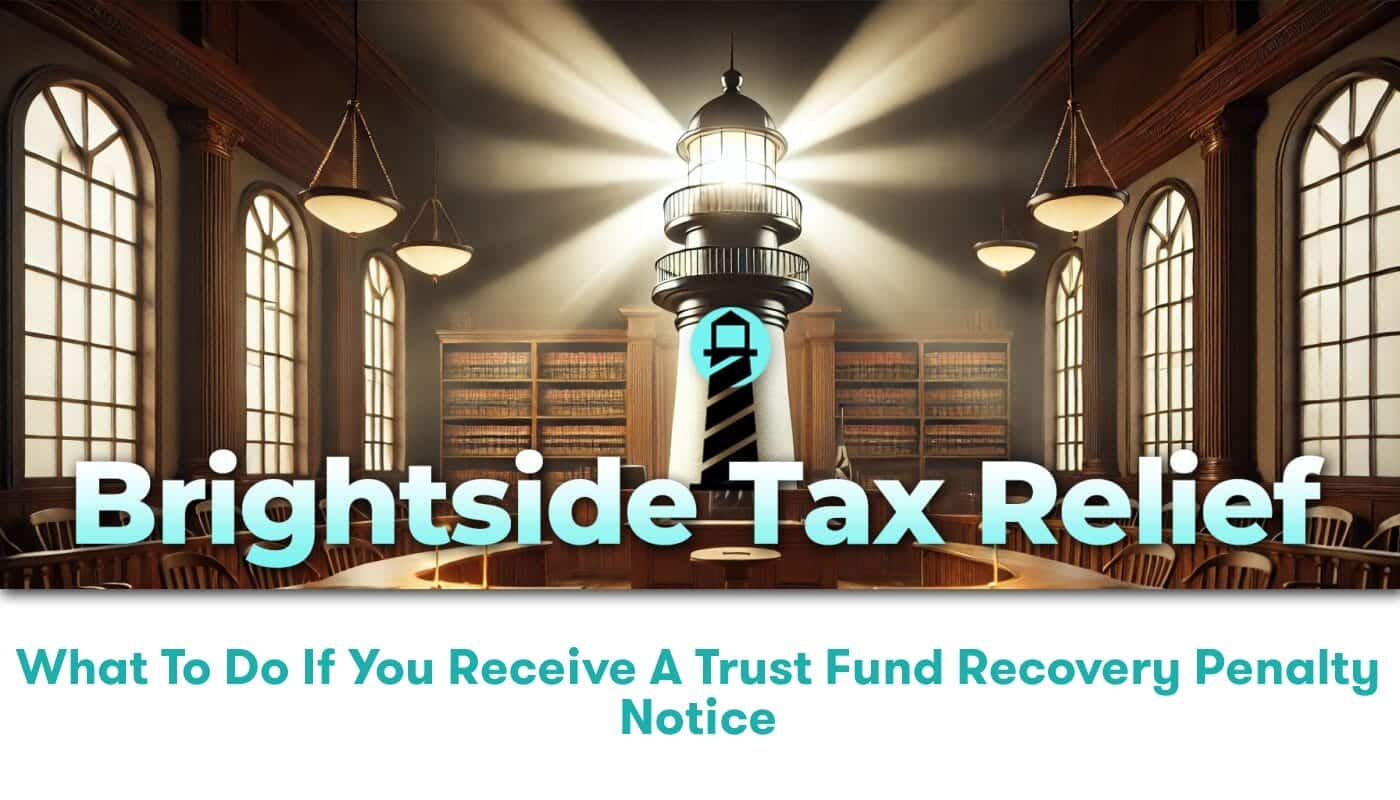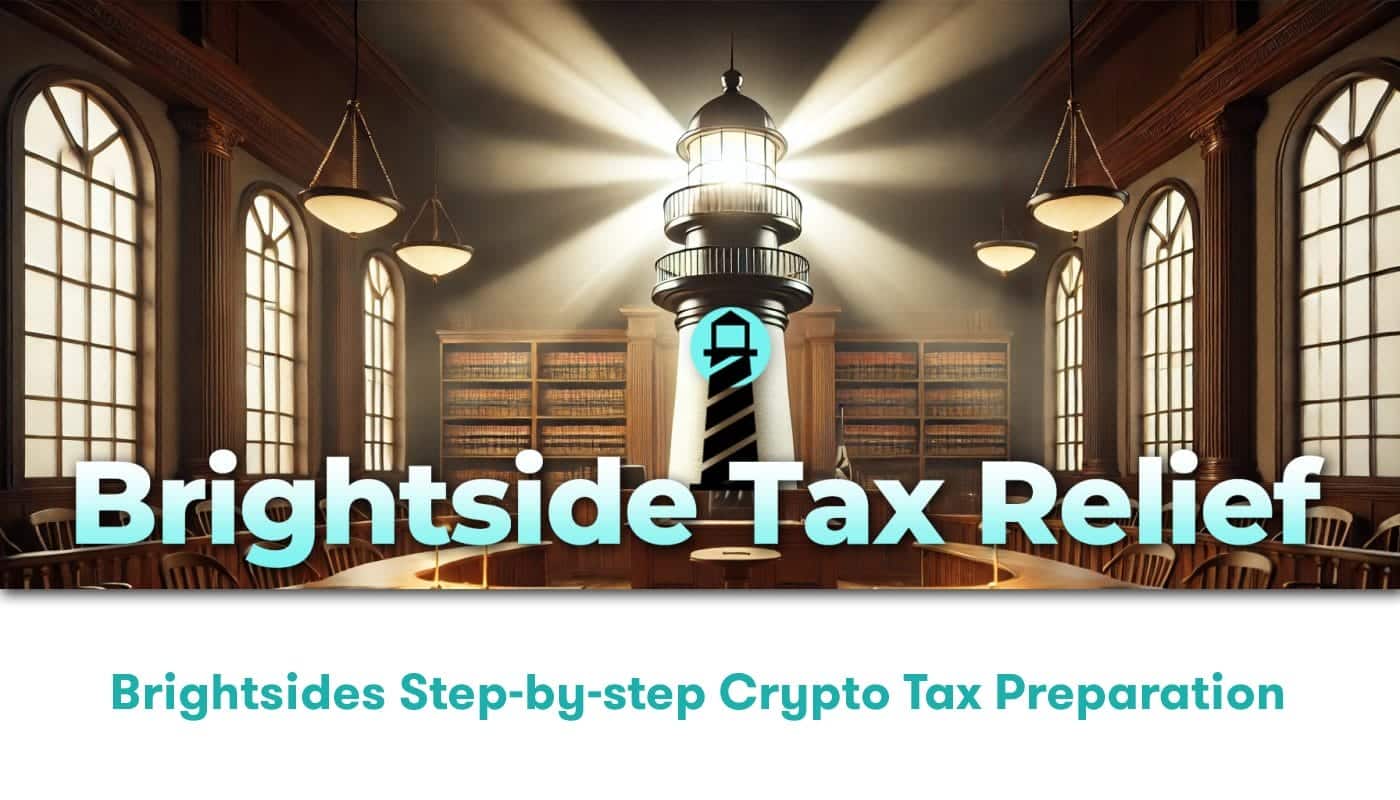Unraveling the Partial Payment Puzzle: A Tax Relief Tightrope
When it comes to settling tax debts, the Internal Revenue Service (IRS) offers various options to taxpayers struggling to pay their dues. One such option that’s been gaining traction is the Partial Payment Installment Agreement (PPIA). This financial lifeline can be a godsend for those drowning in tax debt, but like any complex financial arrangement, it comes with its own set of pros and cons.
PPIAs allow taxpayers to make monthly payments that may not fully satisfy their tax liability before the collection statute expiration date. This means you might end up paying less than you owe, which sounds like a dream come true, right? Well, not so fast. The IRS isn’t in the business of giving out free passes, and they’ll scrutinize your financial situation with a fine-toothed comb before granting this agreement.
One of the most significant advantages of a PPIA is the potential for tax debt reduction. Imagine chipping away at your tax debt like a sculptor working on a block of marble, gradually revealing a more manageable financial future. However, this arrangement isn’t without its drawbacks. The IRS will keep a watchful eye on your finances, conducting reviews every two years to ensure you’re not holding out on them. It’s like having a financial babysitter who never sleeps.
Diving Deep: The PPIA Plunge and Its Ripple Effects
Let’s dive deeper into the murky waters of PPIAs. On the plus side, these agreements can provide much-needed breathing room for taxpayers struggling to keep their financial heads above water. By spreading out payments over an extended period, you can avoid the immediate shock of a large lump-sum payment. It’s like turning a financial tsunami into a series of manageable waves.
However, the process of securing a PPIA is no walk in the park. The IRS will demand a comprehensive financial disclosure, leaving no stone unturned in their quest to determine your ability to pay. They’ll scrutinize your income, expenses, assets, and even your spending habits. It’s like going through a financial colonoscopy – uncomfortable, invasive, but potentially life-saving.
Another potential downside is the impact on your credit score. While the IRS doesn’t report PPIAs to credit bureaus, the underlying tax lien might still appear on your credit report. This could make securing loans or credit cards more challenging in the future. It’s a bit like trying to run a marathon with a pebble in your shoe – not impossible, but certainly more difficult than it needs to be.
Brightside Tax Relief: Your Local Lighthouse in the Sea of Tax Troubles
Navigating the choppy waters of tax debt can be overwhelming, especially when trying to determine if a PPIA is right for you. This is where Brightside Tax Relief comes into play, acting as your local lighthouse guiding you safely to shore. With their nationwide service and deep understanding of tax relief options, they’re uniquely positioned to help you make informed decisions about your tax situation.
Brightside Tax Relief doesn’t just offer cookie-cutter solutions. They understand that each taxpayer’s situation is as unique as a fingerprint, and they tailor their approach accordingly. Their team of tax experts can help you weigh the pros and cons of a PPIA against other available options, ensuring you make the best choice for your financial future. It’s like having a personal financial GPS, helping you navigate the complex landscape of tax relief.
What sets Brightside apart is their commitment to transparency and education. They don’t just tell you what to do; they explain why it’s the best course of action. This empowers you to make informed decisions about your financial future. With Brightside, you’re not just a client; you’re a partner in your own financial recovery. It’s like having a financial personal trainer, guiding you through the heavy lifting of tax debt resolution.
Brightside’s Brilliance: Your Beacon in the Partial Payment Maze
When it comes to navigating the complex world of Partial Payment Installment Agreements (PPIAs), Brightside Tax Relief shines like a beacon in the night. This nationwide tax relief company has established itself as the go-to expert for those seeking guidance through the treacherous waters of tax debt. But what sets Brightside apart from the competition? Let’s dive into the nitty-gritty and explore why they’re the best choice for handling your PPIA needs.
First and foremost, Brightside Tax Relief boasts a team of seasoned tax professionals who eat, sleep, and breathe PPIAs. These wizards of the tax world have seen it all, from simple cases to labyrinthine financial tangles that would make even the most seasoned accountant break out in a cold sweat. Their expertise isn’t just limited to the theoretical realm; they’ve successfully negotiated countless PPIAs with the IRS, saving their clients millions of dollars in the process.
But it’s not just about expertise – it’s about approach. Brightside Tax Relief takes a holistic view of your financial situation, considering not just your current tax debt, but your overall financial health and future goals. They understand that a PPIA isn’t just about settling a debt; it’s about creating a sustainable path forward that allows you to regain control of your finances without sacrificing your quality of life. This big-picture thinking sets them apart from competitors who might be more focused on quick fixes that leave you vulnerable in the long run.
Unraveling the PPIA Enigma: Your Burning Questions Answered
Let’s face it: Partial Payment Installment Agreements can be as confusing as trying to solve a Rubik’s Cube blindfolded. But fear not! We’re here to demystify this tax relief option and answer some of the most common questions that keep taxpayers up at night.
First up: “How do I know if I qualify for a PPIA?” Well, buckle up, because the answer isn’t as straightforward as you might hope. The IRS considers several factors, including your income, expenses, assets, and overall financial situation. Generally, you might be a good candidate for a PPIA if you owe a substantial amount in taxes but can’t pay it off in full within the collection statute expiration date (usually 10 years). However, each case is unique, which is why having experts like Brightside Tax Relief in your corner can make all the difference.
Next on the list: “How much will I have to pay each month under a PPIA?” This is where things get interesting. Unlike regular installment agreements, a PPIA allows you to pay less than the full amount you owe over the life of the agreement. The monthly payment is determined based on your ability to pay, which is calculated by subtracting allowable living expenses from your monthly income. Any remaining disposable income is what you’ll be expected to pay towards your tax debt each month. It’s worth noting that the IRS will periodically review your financial situation and may adjust your payments accordingly.
Last but not least: “What happens to the remaining balance after the collection statute expires?” This is where PPIAs can really shine. If you’ve been making your agreed-upon payments faithfully, any remaining balance on your tax debt will be forgiven once the collection statute expires. It’s like a get-out-of-jail-free card for your wallet! However, it’s crucial to understand that this forgiveness isn’t automatic – you need to ensure you’ve met all the terms of your agreement and that the IRS doesn’t have grounds to extend the collection statute.
Charting Your Course: Embarking on Your PPIA Journey with Brightside
So, you’ve decided to explore the possibility of a Partial Payment Installment Agreement, and you’re ready to team up with Brightside Tax Relief. Smart move! But what exactly does this journey look like? Let’s map out the next steps and give you a taste of what to expect as you set sail towards financial freedom.
Your adventure begins with a simple phone call to Brightside Tax Relief at 844-638-0800. This isn’t just any old phone call – it’s your first step towards taking control of your tax situation. During this initial consultation, you’ll speak with one of Brightside’s friendly tax experts who will listen to your story, assess your situation, and start formulating a game plan tailored to your unique circumstances.
Once you’ve decided to move forward with Brightside, it’s time to gather your financial documents. This might sound about as exciting as watching paint dry, but trust us – it’s a crucial step in the process. You’ll need to provide information about your income, expenses, assets, and liabilities. Don’t worry if you’re not sure exactly what you need; Brightside’s team will guide you through this process, ensuring you have all the necessary documentation to build a strong case for your PPIA.
With your financial picture clear, Brightside’s tax wizards will roll up their sleeves and get to work. They’ll analyze your situation, crunch the numbers, and develop a PPIA proposal that balances your ability to pay with the IRS’s requirements. This is where Brightside’s expertise really shines – they know how to craft proposals that have the best chance of acceptance, potentially saving you thousands of dollars in the process.
But Brightside’s work doesn’t stop once your PPIA is approved. They’ll continue to be your advocate throughout the life of your agreement, helping you stay compliant with the terms and assisting with any required financial reviews. And if your situation changes? They’ll be right there to help you navigate any necessary adjustments to your agreement.





